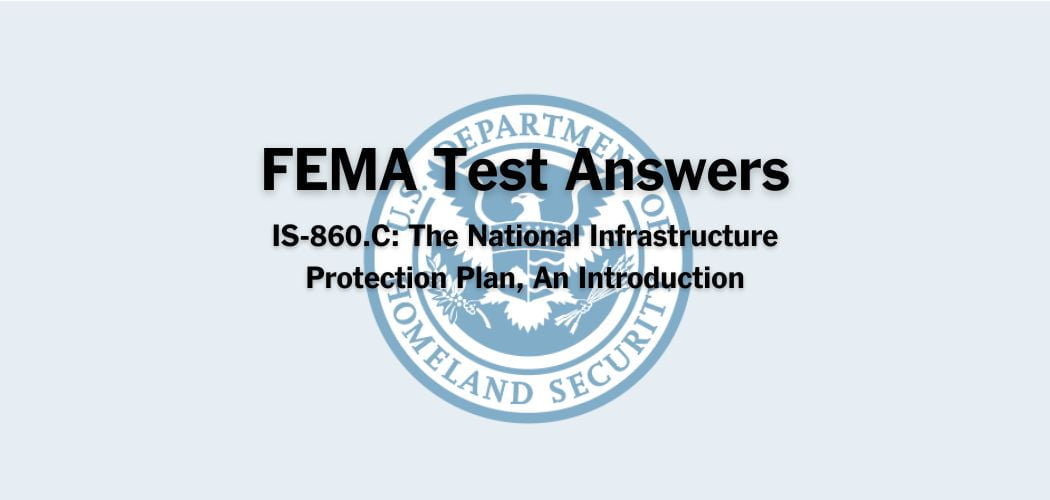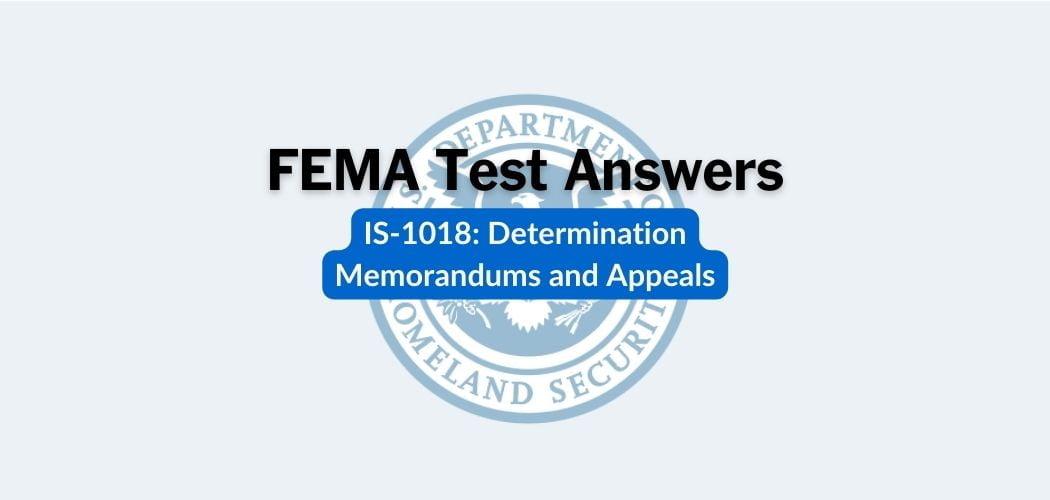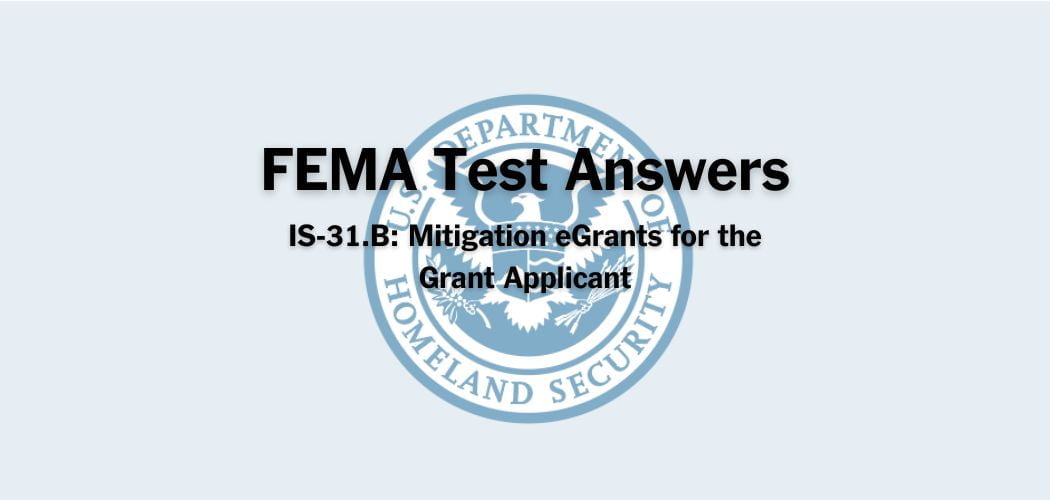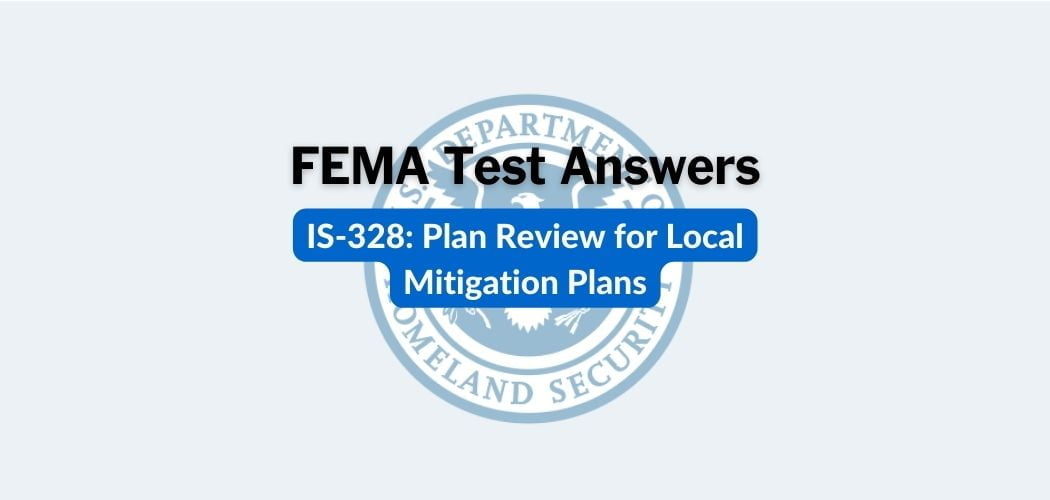Overview: FEMA IS-632.A was published on 10/31/2013. This course covers basic information about debris operations under FEMA’s Public Assistance Program. The goal is to familiarize the student with general debris removal operations and identify critical debris operations issues.
Primary audience: FEMA IS-632.A course is for Public Assistance personnel at the State, tribal, and local levels who may be responsible for debris operations.
FEMA IS-632.A test answers
Each time this test is loaded, you will receive a unique set of questions and answers. The test questions are scrambled to protect the integrity of the exam.
Question 1. The Federal share of eligible costs incurred as a direct result of a declared disaster is no less than:
A. 25%.
B. 50%.
C. 75%.✅
D. 100%.
Question 2. Which statement is correct concerning debris removal from private property?
A. Requires Right-of-Entry Agreement and Hold-Harmless Agreement✅
B. Always eligible
C. Solely at the discretion of the local government
D. Reimbursement direct to the private owner
Question 3. A Preliminary Damage Assessment (PDA) estimates the:
A. Quantity and mix of debris.✅
B. Federal cost share.
C. Recovery time.
D. Applicant’s cost share.
Question 4. Which activity in the contracting process could be provided by FEMA staff?
A. Contract review and approval
B. Determination of contract type
C. Timeframe for contract activation and completion
D. Technical assistance to ensure compliance with Federal laws✅
Question 5. Public Assistance grants are awarded based on the eligibility of the applicant, facility, work, and:
A. Contractor.
B. Cost.✅
C. Past experiences.
D. Force account labor.
Question 6. Debris removal operations account for approximately _____ percent of disaster recovery costs.
A. 10%
B. 17%
C. 27%✅
D. 49%
Question 7. Federal aid for debris removal operations is authorized through the:
A. 44 CFR.
B. State.
C. Stafford Act.✅
D. EO 11990.
Question 8. It is FEMA’s responsibility to monitor contractors and to ensure compliance with contracts and environmental requirements.
A. True
B. False✅
Question 9. _______ make(s) it difficult to estimate the amount of debris to be removed following a disaster.
A. Aerial photography
B. Multiple types of debris✅
C. Number of survivors
D. Debris estimating formulas
Question 10. A lump-sum contract for debris removal is appropriate when:
A. The scope of work is well-defined.✅
B. Right-of-way clearance is critical.
C. Negotiating a non-competitive contract.
D. Contract monitoring is not available.
Question 11. A temporary location where debris can be hauled and segregated for recycling or reduction is a:
A. Floodplain
B. Landfill
C. Recycling center
D. Debris Management Site (DMS)✅
Question 12. Debris work needs to be in the public interest to qualify for Public Assistance.
A. True✅
B. False
Question 13. Incineration can reduce vegetative debris up to 95 percent.
A. True✅
B. False
Question 14. An eligible applicant for Public Assistance is a:
A. Federal agency.
B. Individual property owner.
C. Private business.
D. State agency.✅
Question 15. Consultation with the State Historic Preservation Officer during demolition is necessary to ensure compliance with:
A. Stafford Act.
B. Endangered Species Act.
C. National Historic Preservation Act.✅
D. Resource Conservation and Recovery Act.
Question 16. A debris management team should only include personnel from the jurisdiction impacted by the debris removal process.
A. True
B. False✅



